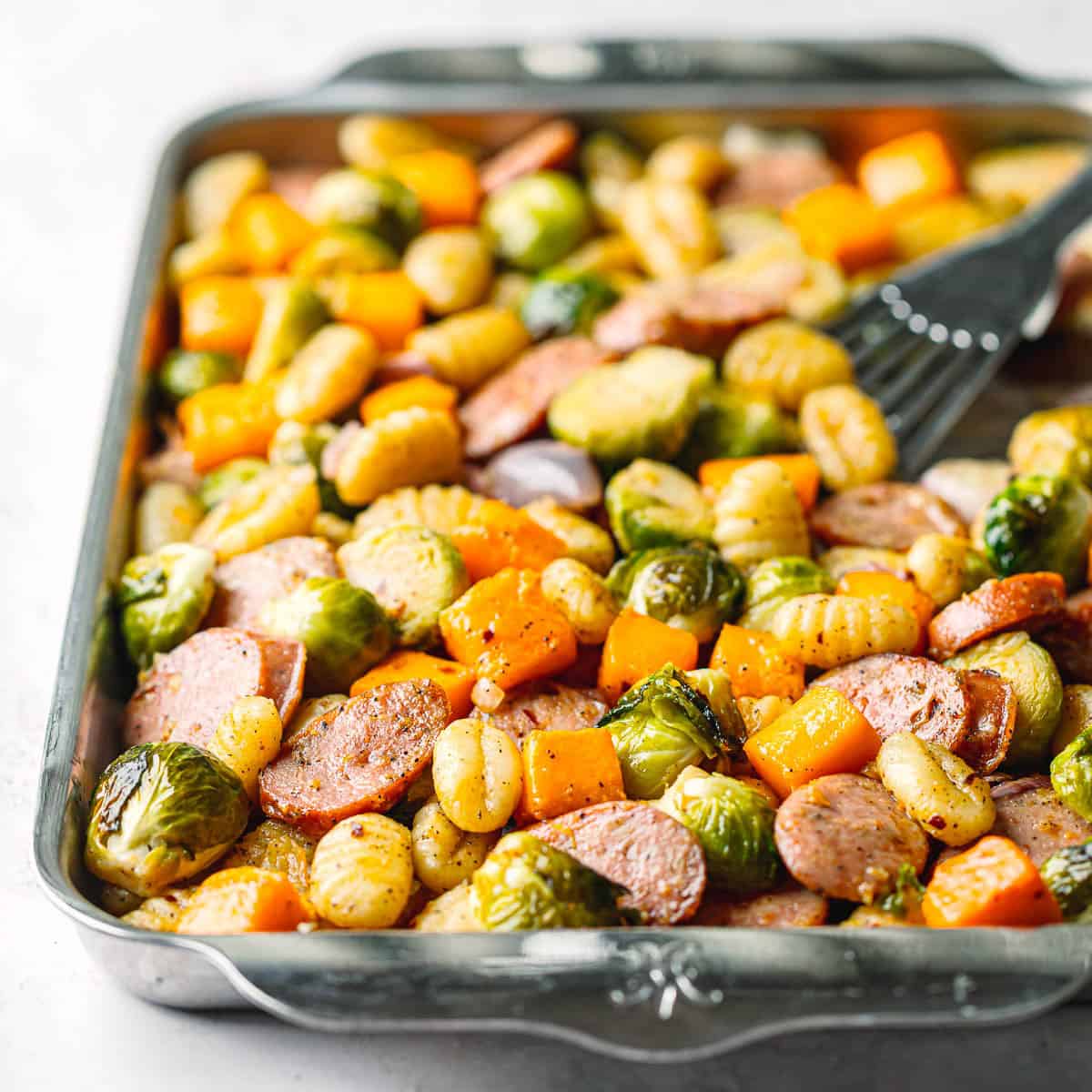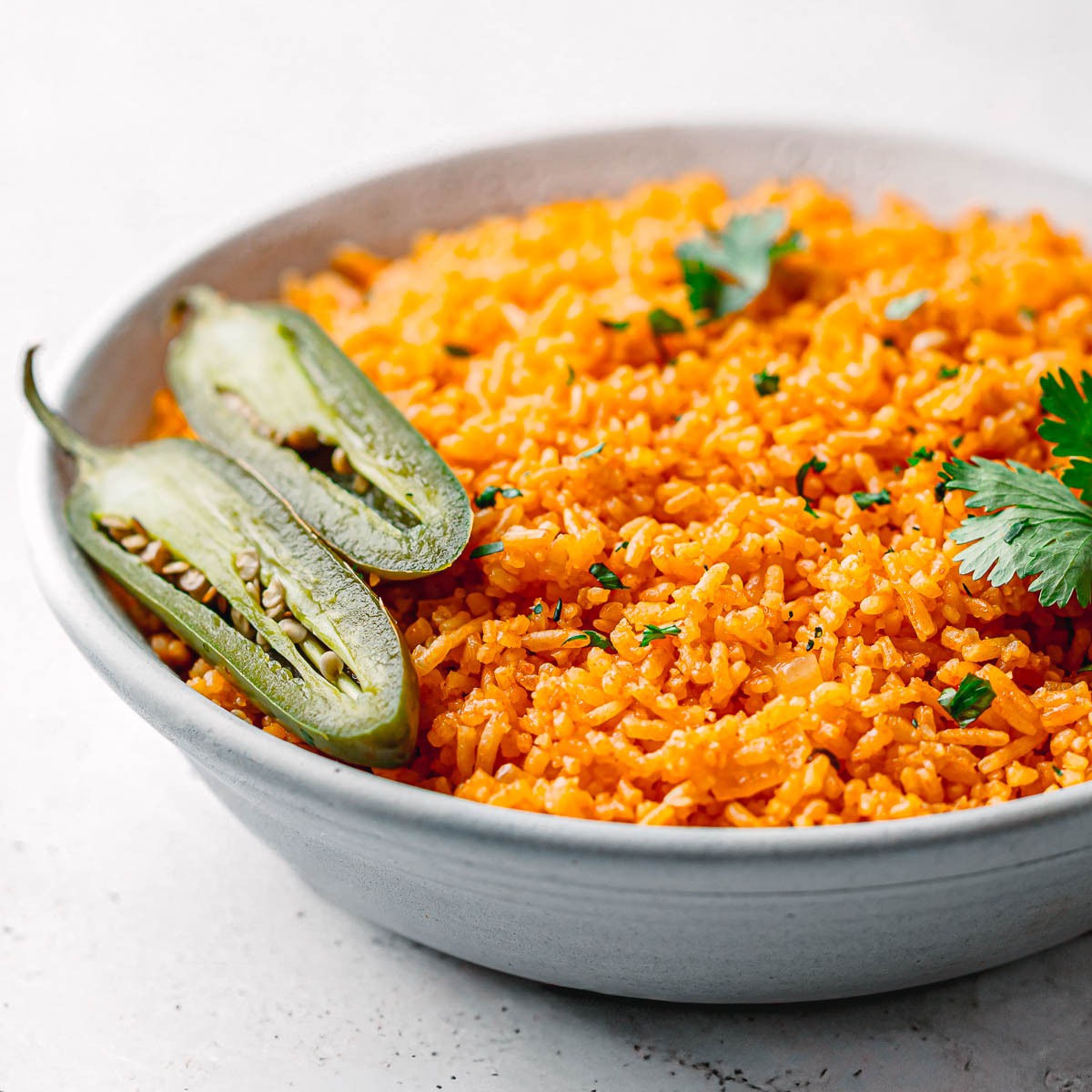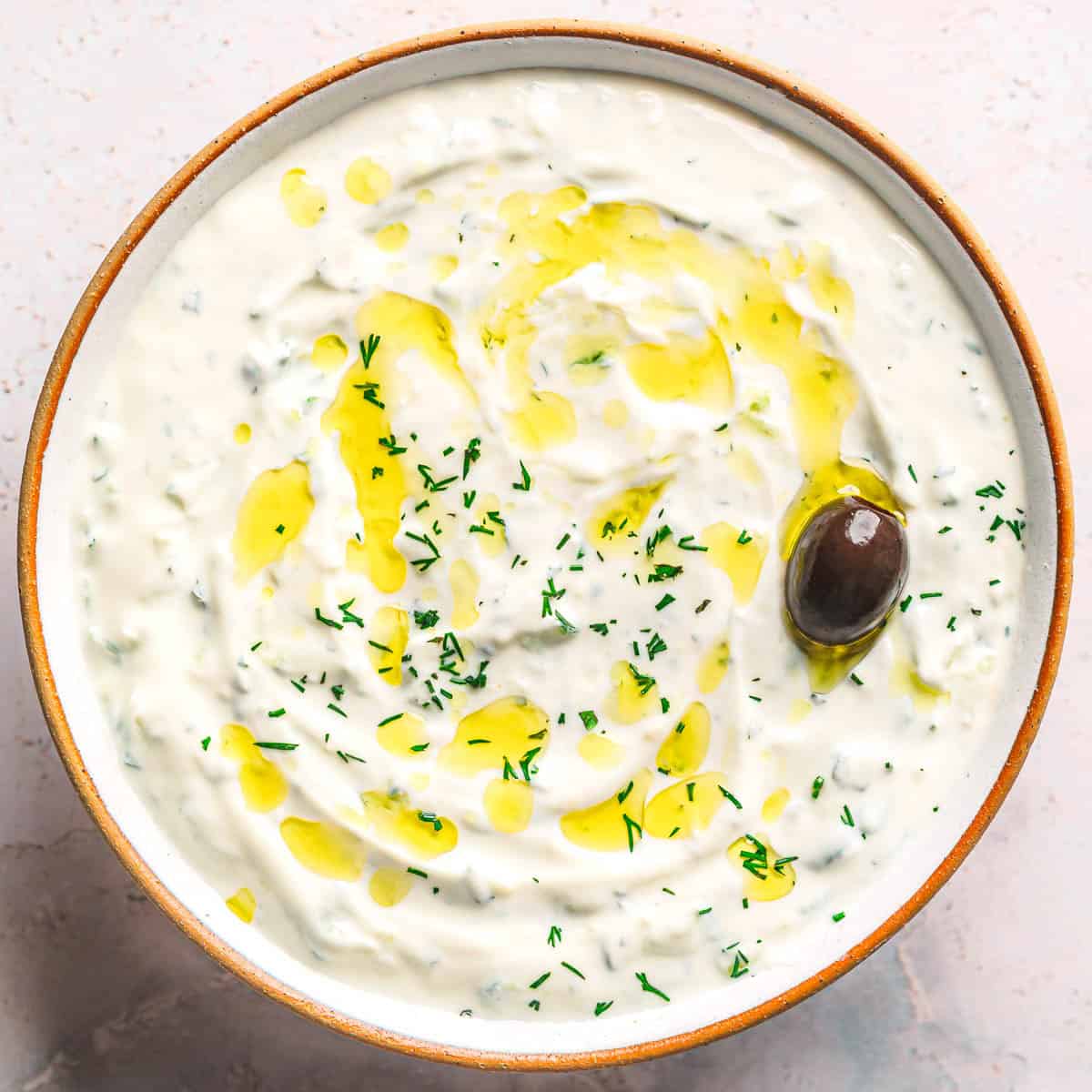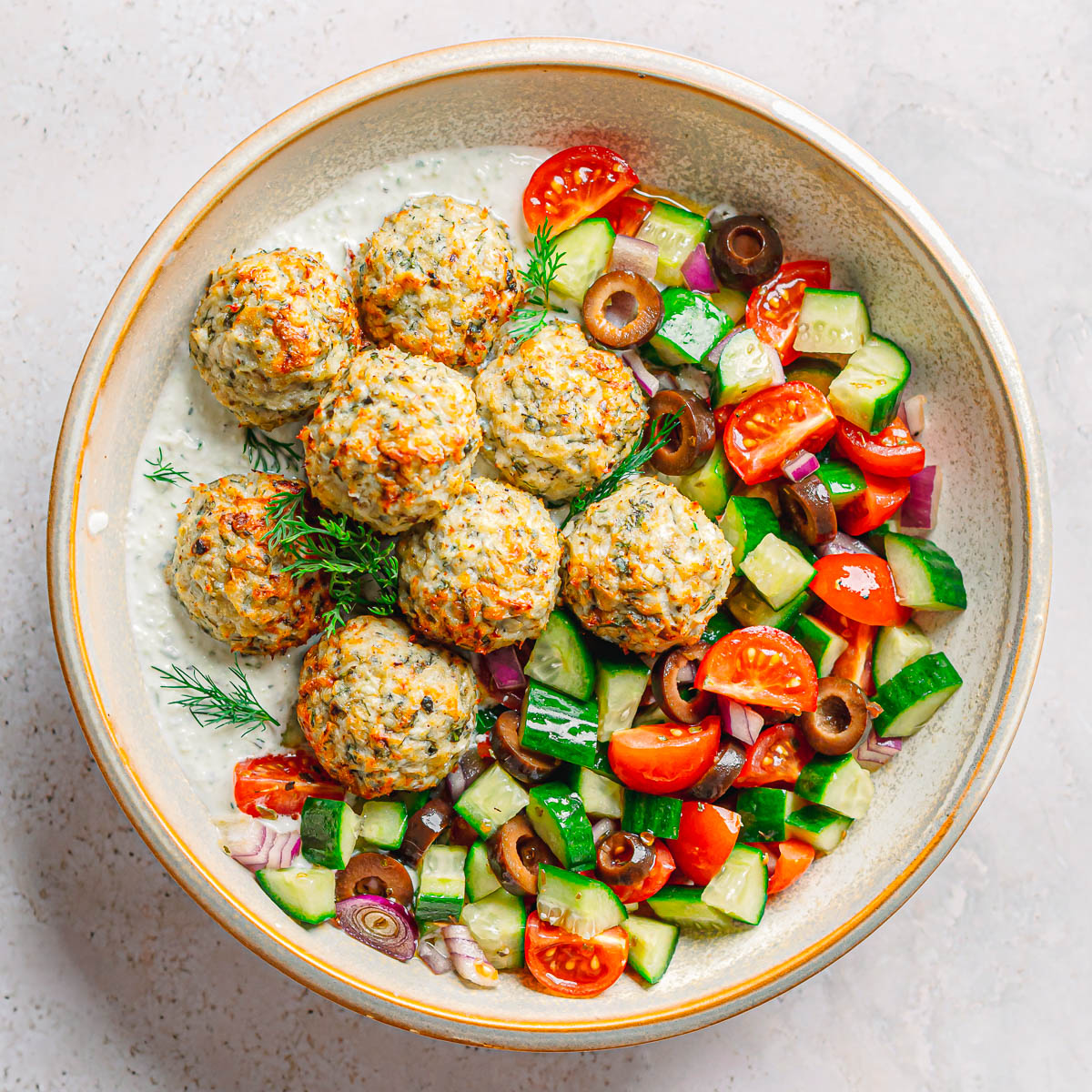Here's a recipe for Cha Ca Vietnamese Turmeric Fish with Dill, also known as chả cá Lã Vọng. This Hanoi fish recipe can be prepared ahead of time or same day and is perfect as a last-minute dinner idea. It tastes as good or even better than Vietnamese take-out!

This Vietnamese Turmeric Fish with Dill is one of the easiest Vietnamese recipes to try at home. It's made from firm white fish that has been marinated in fish sauce and turmeric paste.
The fish sauce-based marinade adds a wonderful umami flavor to the dish. It's savory with a slightly sweet taste from the sugar. Best of all, the dill and other greens make this fish dish so refreshing, healthy, and light.
Also, be sure to check out these popular fish recipes on my site: pan-seared branzino fillets, air fryer tilapia, and pan-fried trout.
Jump to:

What is Cha Ca?
If you are a foodie that appreciates Vietnamese restaurants and cuisine you might be familiar with chả cá, or Vietnamese Turmeric Fish with Dill.
This traditional Hanoi dish is usually served with shrimp paste or a fish-sauce-based dipping sauce ( Nước chấm), along with peanuts, vermicelli noodles, and a lot of fresh greens on the side.

Why This Recipe Works
- Simple. This Cha Ca recipe is a simplified version of the authentic Vietnamese version. It uses ingredients that any home cook can find in a pantry or at regular grocery stores. Hopefully, you won't even need to make a trip to the Asian grocers (unless you love making that trip, and if so I can relate)! Although it's not as complicated as the authentic version of the dish, the fish still packs a similar flavor profile.
- Perfectly marinated. This recipe required a marinating process. You can do it for 30 minutes or up to overnight to enhance the flavor of the fish before cooking.
- Quick. Fish just takes a few minutes to cook. This is the perfect dish to make on a lazy night!
- Memorable. The turmeric, peanuts, and especially the dill make this quite different from the other meals I have each month.

Ingredients
- Fish. In this recipe I used Tilapia, but any firm white fish such as cod, catfish, haddock, and snapper will also work.
- Fish sauce. You can use Thai or Vietnamese fish sauce. Brands differ in their taste, just make sure it's a great quality sauce.
- Salt. I use salt in addition to fish sauce to add a little extra saltiness to the dish. The fish sauce should be used sparingly so it doesn't overpower the whole dish.
- Garlic. I used garlic to add aromatics to the fish.

- Shallots. It's also used to add aromatics and to build flavor. It's milder in taste than onion.
- Turmeric. I used ground turmeric to add color and flavor to the fish.
- Dill. Use fresh dill. It's one of the main ingredients so do not skip it.
- Green onion. I used green onions for stir-frying.

- Onion. It's also used for stir-frying before serving.
- Roasted peanuts. Use it as a topping before serving. It gives a nice crunch to the dish. You can use salted or unsalted.
- Oil. You can use any neutral oil with a high smoke point such as peanut oil, canola oil, avocado oil, and vegetable oil.
How to Make Vietnamese Turmeric Fish with Dill
1. Prepare the Fish and Marinate

- Pat the fish dry with paper towels, and cut them into bite-sized pieces of about 2-inches.
- In a large bowl combine fish sauce, garlic, turmeric powder, oil, shallot, sugar, and salt. Add the fish pieces to the bowl and mix well.
- Cover the bowl with plastic wrap and let the fish marinade for 30 minutes, or up to overnight if you want to make it ahead of time.
2. Prepare the Other Ingredients (Aromatics for Stir Fry and Toppings)
While you are waiting for the fish to marinate, it's time to prepare the other ingredients for stir-frying and serving.
- Cook or reheat the vermicelli noodles according to the product packaging.
- Rinse and cut the green onions, onions, dill, and/or other greens if using.
3. Cook the Fish

- In a non-stick skillet, preheat oil over medium heat.
- When the oil is hot, add fish fillets then cook them for about 2 minutes on each side. Transfer them to a plate. Set them aside.

- Wipe the pan clean or use a new pan that can be used for serving (such as a cast iron skillet). Heat 1½ tablespoons of oil, then cook the onion and green onion just until translucent and fragrant.

- Add the dill, then stir for a few seconds (just until it's wilted).
- Put the fish back into the pan, then add the dill and green onions. Continue cooking for a few minutes until the fish is just warm enough.

Tips for Success and Variations
- Use a non-stick skillet for pan-searing. Use a non-stick skillet to make it easier to pan-sear the fish without breaking them. If you only own a stainless steel pan, you can preheat the pan for 2 minutes over medium heat before heating the oil and then adding the fish.
- Use a fajita-style cast iron skillet for serving. Once you've finished pan-sear the fish, you can cook the aromatics along with the fish in a fajita-style cast iron skillet. This is an optional step for those of you that want to serve the dish as you'd find it at the restaurant. With this better presentation, you may find bigger appetites for those eating it.
- Fish sauce. Not all fish sauce products/brands are created equal. They usually have different sodium levels (ex: Thai fish sauce has a lower sodium content than Vietnamese fish sauce). For this reason, go easy on the fish sauce. If you want the dish to be saltier, use salt. Do not use more fish sauce than recommended or it can overpower the rest of the dish.
- Green onion. I cut the green onion in two ways. The first way is to chop the green onions for stir-frying. The second is to make a curled, shredded green onion for toppings (as you can see in the pictures). To shred the onion, you can use an onion shredder or use a sharp knife to cut the green onions lengthwise, then julienne it into long and thin strips. Place the julienned green onion in cold water for 10 minutes to curl them. This method is easier using a tool, so if you're doing it by hand and it's too difficult you can just chop them as you did the others.
- Dipping sauce. The fish has so much flavor already. It can be eaten with or without the dipping sauce. My husband and I often enjoy this meal without the dipping sauce, especially when we are trying to reduce our sodium intake.

FAQ
Properly stored, leftover Cha Ca La Vong can last 3-4 days in the fridge.
Preheat the oven to 275°F. Transfer the leftover turmeric fish or cha ca la Vong to a baking sheet. Splash the mixture with a small amount of water then cover the pan with foil. Reheat the fish for 10 minutes or until the internal temperature registers at 145°F.
Check Out More Easy Vietnamese Recipes
- Bo Lu Lac (Vietnamese Shaking Beef)
- Vietnamese Pork Chops
- Vietnamese Lemongrass Chicken Stir Fry
- Vietnamese Caramelized Pork
I hope you'll enjoy this recipe and share it with friends! If you try it and don't mind, please leave me a comment and/or give this recipe a rating. Be sure to subscribe to receive weekly recipes and follow me on Pinterest.
📖 Recipe
Cha Ca (Vietnamese Turmeric Fish with Dill)
Ingredients
- 1¼ pounds fresh tilapia fillets or any firm white fish, (pat dry with paper towels and cut into 2-inch pieces) see note #1
Marinade:
- 1½ teaspoons fish sauce
- 3 garlic cloves, (minced)
- 1½ tablespoons minced shallots
- 1½ teaspoons turmeric powder
- 3 tablespoons neutral oil
- ½ teaspoon kosher salt
- ½ teaspoon white sugar
Stir-Fry:
- 1 small onion, (sliced)
- 8 scallions, (cut into thirds) see note #2
- 2 oz fresh dill, (cut into thirds)
- 5½ tablespoons neutral oil
Serving:
- roasted peanuts, (as needed)
- Vietnamese vermicelli noodles, (as needed, cook according to the packaging)
Instructions
- In a large bowl combine the fish fillets and marinade sauce. Cover the bowl with plastic wrap and marinate for 30 minutes or up to overnight.
- In a non-stick skillet, preheat 3-4 tablespoons of oil over medium-high heat. Cook the fillets for about 2 minutes on each side or until golden brown and cooked through. Taste the fish and add more salt if necessary. Transfer them to a plate. Set them aside.
- Wipe the pan clean with paper towels(see note #3). Heat 1½ tablespoons of oil. Cook the sliced onion and half of the green onions just until translucent. Add half of the dills and toss for 30 seconds or until wilted.
- Add the fish back to the pan. Add the remaining dills and green onions on top. Continue cooking for a few minutes until the fish is just warm enough.
- Divide noodles, fish mixture, and peanuts among bowls. Serve with Nuoc Cham.
Notes
- White Fish. Any firm white fish such as cod, catfish, haddock, and snapper will also work.
- Scallions. I cut the green onion in two ways. The first way is to chop the green onions for stir-frying. The second is to make a curled, shredded green onion for toppings (as you can see in the pictures). To shred the onion, you can use an onion shredder or use a sharp knife to cut the green onions lengthwise, then julienne it into long and thin strips. Place the julienned green onion in cold water for 10 minutes to curl them. This method is easier using a tool, so if you're doing it by hand and it's too difficult you can just chop them as you did the others
- Skillet. Use a non-stick skillet to make it easier to pan-sear the fish without breaking them. Once you've finished pan-sear the fish, you can cook the aromatics along with the fish in a fajita-style cast iron skillet. This is an optional step for those of you that want to serve the dish as you'd find it at the restaurant. With this better presentation, you may find bigger appetites for those eating it.
- Do not overcrowd the pan. Pan-sear the fish fillets in batches if necessary so the fish fillets aren't overlapping each other. You want to cook the fish fillets in a single layer so the meat gets browned but stays moist.
- Nuoc Cham Dipping Sauce. Here's the recipe for Vietnamese dipping sauce.
- Nutrition Facts. It doesn't include the roasted peanut, dipping sauce, and vermicelli noodles.
- Cooking Time. Cooking times may vary depending on the thickness of your fish fillets, the type of stove, and the type of skillet you are using. A good rule of thumb is to cook the fish to an internal temperature of 145 °F or until the fish flakes easily.
- Fish. Don't forget to pat the fish fillets dry with paper towels before marinating.
- Store. Let the leftover cools down before refrigerating. Transfer the turmeric fish to an airtight container. Properly stored, leftover Cha Ca La Vong can last 3-4 days in the fridge.
- Reheat. Preheat the oven to 275°F. Transfer the leftover turmeric fish or cha ca la Vong to a baking sheet. Splash the mixture with a small amount of water then cover the pan with foil. Reheat the fish for 10 minutes or until the internal temperature registers at 145°F. Alternatively, you can place a single serving on a microwave-safe plate, cover it with a microwave-safe lid then reheat it for 30 seconds or longer until hot.



















Comments
No Comments